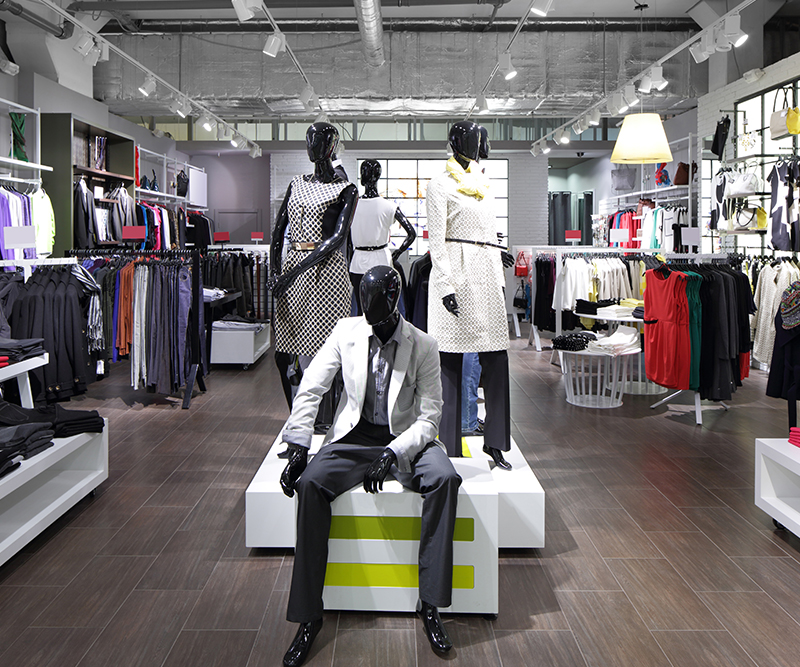RFID Journal’s Digital Summit 2021 took place from the 10th – 13th of May. Prof. Antonio Rizzi represented RFID Lab as speaker of the track “RFID and IoT in Retail and Apparel”.
“A retail store without RFID is like a darkroom. Without visibility, store managers act as if they were blindfolded”, explains Prof. Rizzi during his speech Beyond Inventory Management: RFID in Visual Merchandising.
This lack of visibility in stores not adopting RFID has several causes ranging from inbound and outbound inaccuracy to internal/external shrinkage and checkout errors among others. RFID can help solve these problems thanks to the visibility it enables.
Three levels of visibility
During his speech, Prof. Rizzi emphasizes how RFID enables visibility on three different levels:
- Inventory accuracy (what is in the store)
- Replenishment from the backroom (what is in the backroom or in the store area)
- RFID visual merchandising (what is in which area)
Inventory Accuracy
RFID for inventory counting is one of the most frequently adopted use cases in retail. How the technology significantly improves inventory accuracy has long been proved by research and field experience. This is the first level of visibility according to Prof. Rizzi.
Replenishment from the Backroom
The second level concerns Replenishment from the backroom. Research shows that most stores, in particular fashion outlets and high luxury retail stores, sell what is displayed and visible to the customer in the store. RFID can help inform store associates when a certain product needs to be replenished. Research carried out by RFID Lab confirms that sales can be increased by 3%-10% if the store correctly deploys RFID for both inventory accuracy and replenishment from the backroom.
Visual Merchandising
Visual merchandising is the third level of visibility. Not all store areas are equal. In order to increase conversion, it is extremely important to display the right item in the right area. Items therefore have to sell compared to how much space they occupy and the value of the space occupied. Items displayed in valuable areas without selling are money loosers, while for instance items occupying little space and selling well are money makers. A complex matrix has been developed to thoroughly calculate the value of every store location. RFID can help you gather the data and get consistent information on products displayed compared to the area where they are located. By showing what is worth displaying and what needs to be either moved or replaced, RFID helps optimize the sales floor.
As a key enabler of visibility, RFID can be extremely valuable for retail stores, not only for inventory accuracy but also for replenishment from the backroom and visual merchandising. It is must more than just a technological tool, states Prof. Rizzi. It is the light being turned on, it is visibility!


